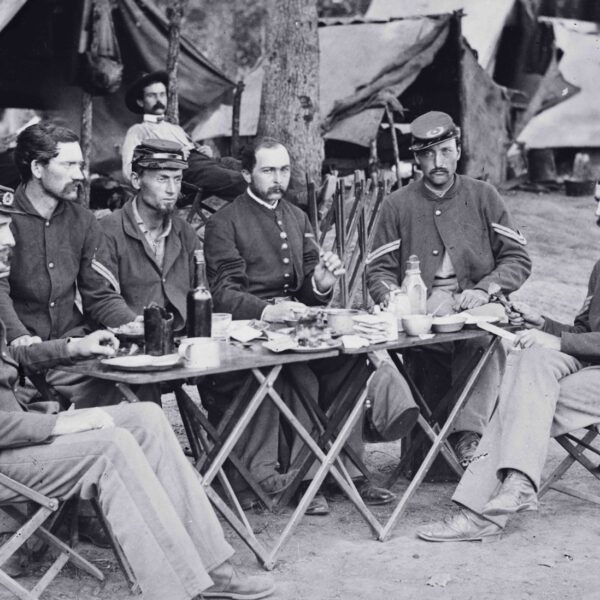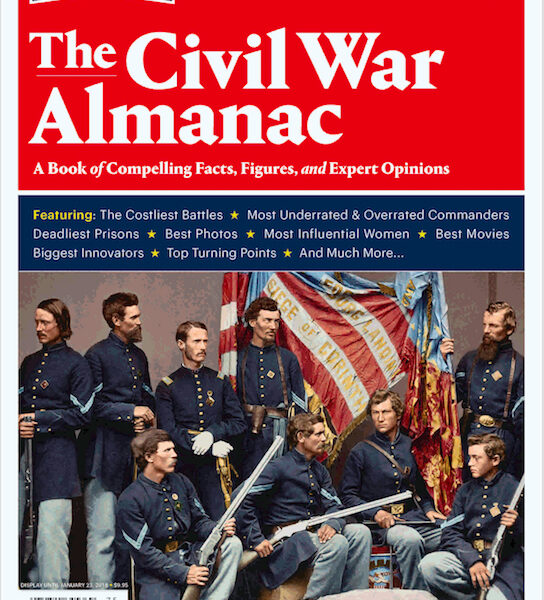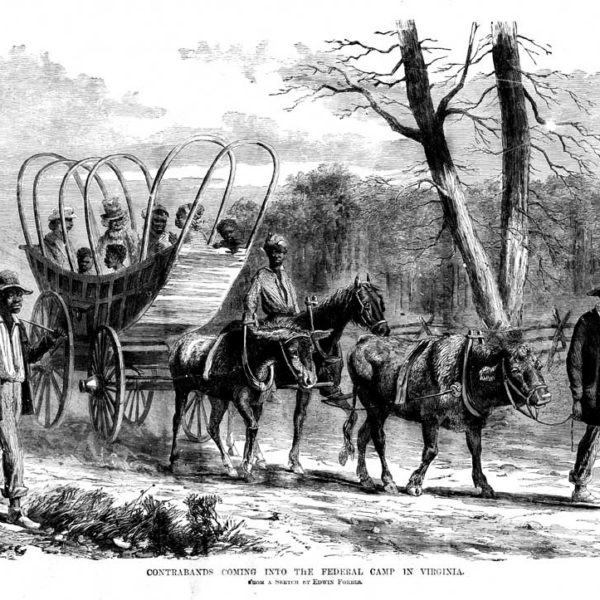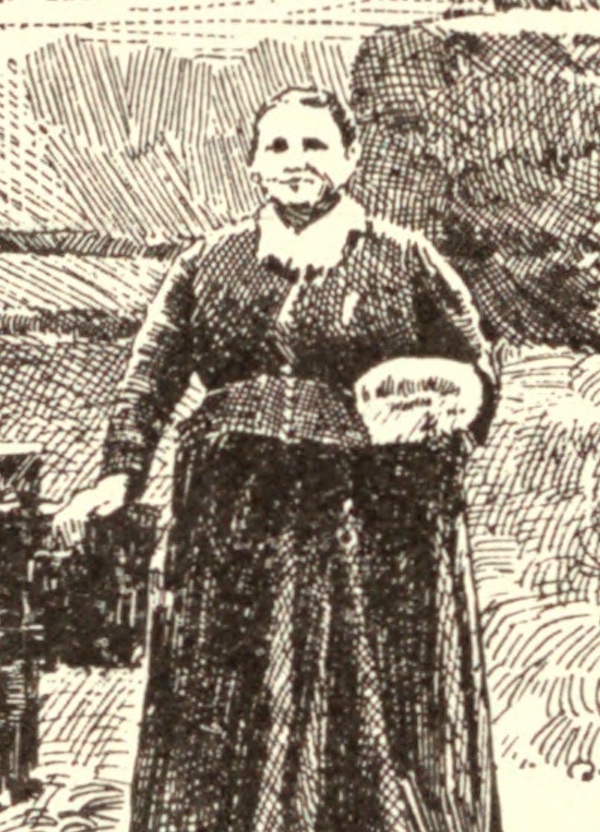
Josephine Miller Slyder
New Hampshire-born journalist Charles Carleton Coffin accompanied Winfield Scott Hancock and his II Corps of the Army of the Potomac during the Gettysburg Campaign. Coffin wrote about a memorable encounter between Union troops and Gettysburg resident Josephine Miller, 23, who remained in the family house with her father as the battle intensified in the area. Coffin’s account, published as part of a larger history of the war in 1888, follows in full: I rode along the line south from Zeigler’s Grove towards Mr. Codori’s house, on the Emmettsburg road, near which was Hall’s brigade of Gibbon’s division of the Second Corps, thrown out in advance of the cemetery ridge. A few steps farther brought me to Carr’s brigade of Humphreys s division of the Third Corps.
Some of the soldiers First Massachusetts were clustered round the door of a small house on the west side of the road eating delicious bread, piping hot, just baked. When Carr’s brigade arrived, just before daylight, they saw a light in the house of Peter Rogers. Going to the door and looking in, they saw two tallow-candles on the mantle, and a young girl, in her fourteenth year, kneading dough in a tin pan, with several other pans on the floor with dough in them.
“Could you let us have some bread?” asked a soldier.
“Oh yes, if you can wait for it a little.
My stove is small, and you know when one is in a hurry bread don’t bake fast,” said Josephine Miller, who invited them in to wait till the bread was ready. It was an old-fashioned stove, with an oven, but not designed for general cooking. “I think it must be done now,” she said, after a little while, and took out two pans of most palatable bread, and put in two more, breaking the loaves for the soldiers.
“What will you do when the battle begins?” asked Colonel Baldwin, commanding the First Massachusetts.
“Is there really going to be battle Where shall we go?”
“Yes, we shall have battle right here, and you will either have to go to the rear or down cellar, if you have one.”
“Yes, we have small cellar. I think we will stay;” and Josephine Miller went on with her baking.
When, in 1886, the veterans of the 1st Massachusetts who were planning the dedication of the regimental monument in Gettysburg learned that Josephine Miller, then Mrs. William Slyder, was alive and living in Ohio, they insisted she attend the ceremony. She did, and posed for the photo on which the below illustration is based. Next to her is the stove she had used to bake for the Massachusetts troops. It was found in her old house and carried to the monument’s side by the veterans. Josephine Miller Slyder died in 1911.
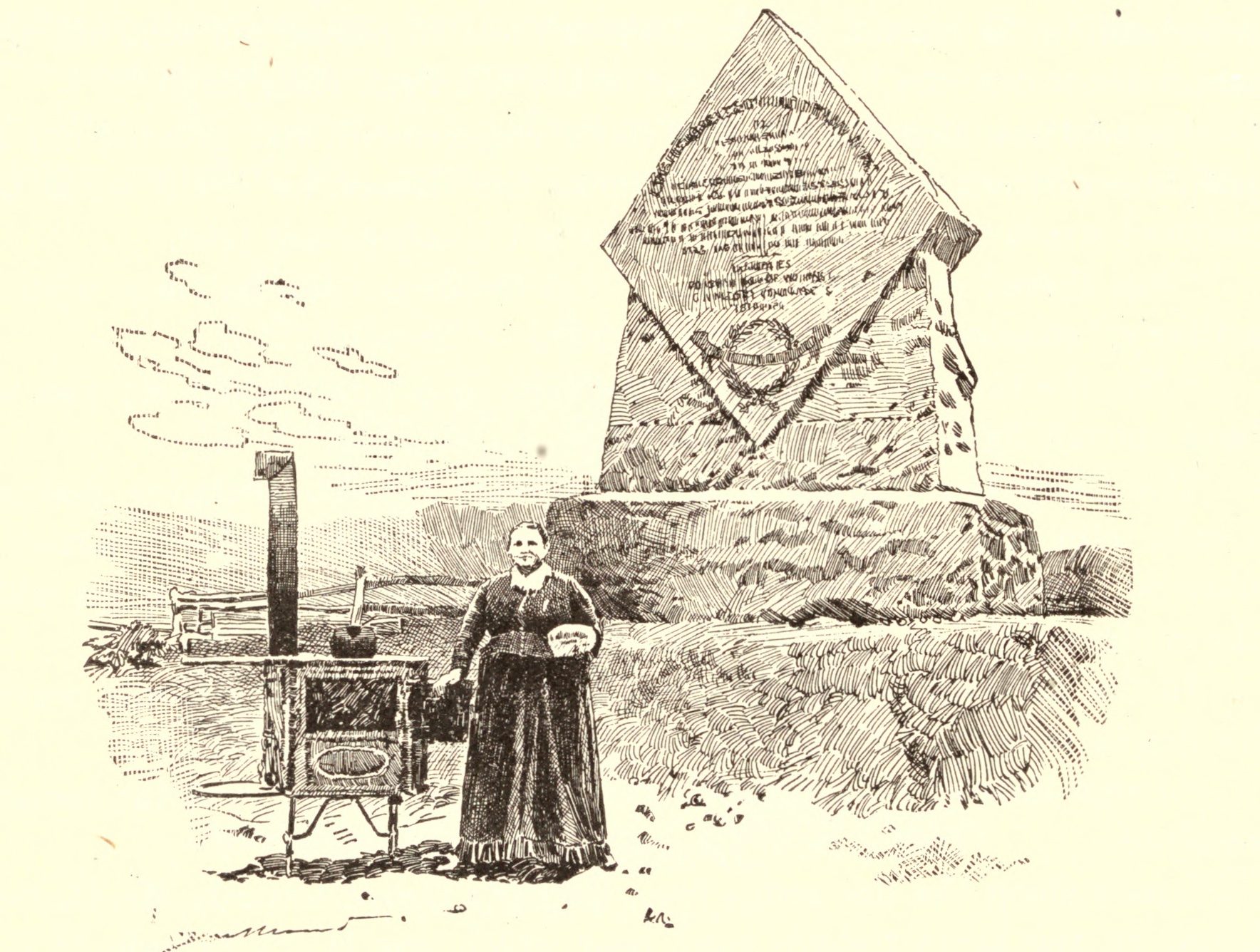
“In 1886 the First Massachusetts Regiment erected this monument upon the spot where they stood during the battle. Josephine Miller (Mrs. Slyder, of Troy, O.) was present. Her stove was still in the house where she had baked the bread. It was placed beside the monument, and was photographed with Mrs. Slyder.”

